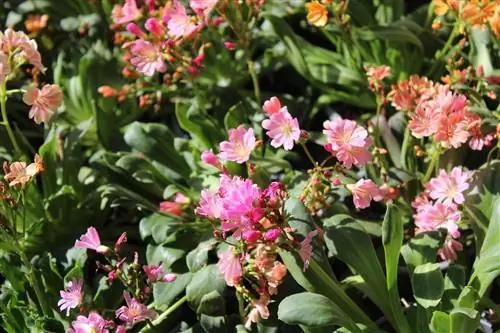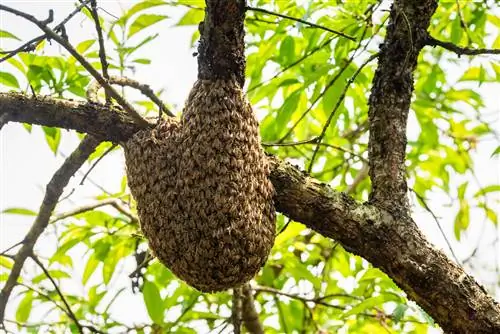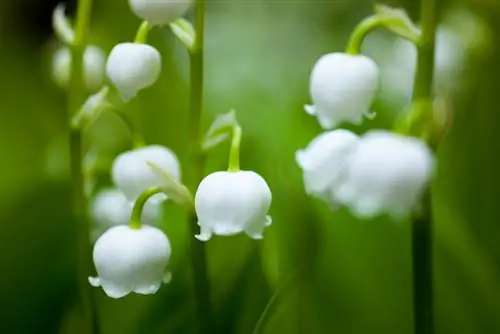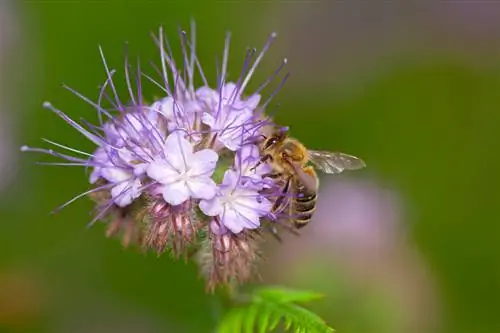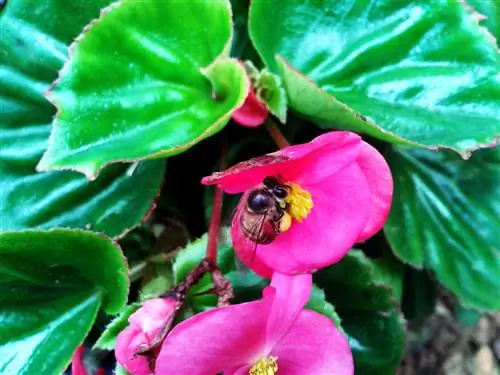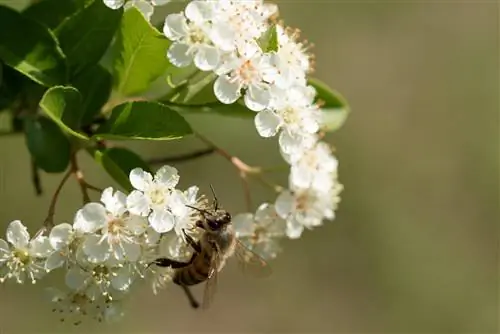- Author admin [email protected].
- Public 2023-12-16 16:46.
- Last modified 2025-01-23 11:19.
The porcelain rose, also known as Lewisia or bitterroot, produces many wonderfully beautiful flowers in different bright colors from June to August, depending on the variety. Find out below whether bees find them as attractive as we humans do.
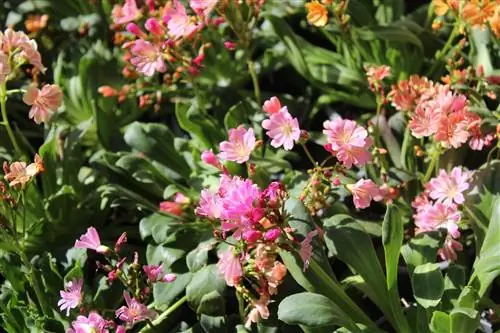
Is the porcelain rose bee-friendly?
The porcelain rose is in and of itself bee-friendly. It provides bees with nectar and pollen, which is what the insects need to live. The ecological benefit of the magnificently flowering Lewisia varieties is still only moderate, as they are not native plants.
How can bees use the porcelain rose?
Bees can use the porcelain rose twice, because the pretty flowers provide the insects with bothnectarandpollen Therefore, Lewisia supports bees in feeding themselves and their brood and, in the case of honey bees, also producing honey.
What are the ecological benefits of the porcelain rose?
The ecological benefits of the porcelain rose are rated asmedium. The positive thing is that the flowers of Lewisia serve as afood source for bees and other insects, such as butterflies.
However, bitterroot comes from the USA, more precisely from California. This makes itnot native to Central Europe, which is why it does not attract our bees to the same extent that native plants do.
In addition, the porcelain florets available in hardware stores and garden centers can containpesticide residues and thus theoretically become a poison trap for bees and other insects.
Tip
Contribute to biodiversity in your own garden with native plants
As long as you pay attention to high quality when purchasing and ensure that the plants have no pesticide residues, there is really nothing wrong with planting attractive porcelain florets in your own green oasis. In order to create a particularly bee-friendly garden, you should primarily provide the impressive insects with native plants as food sources.

